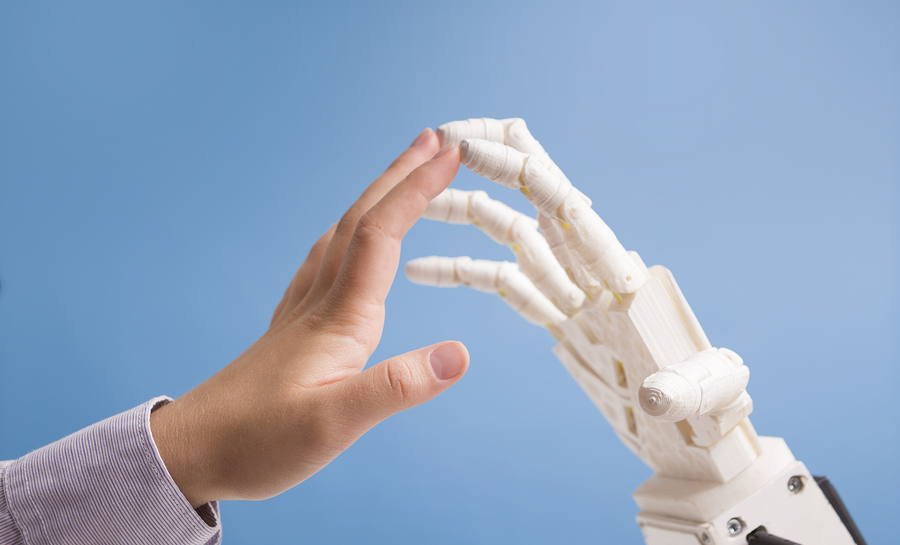
We want to protect robots that look like us and can feel like us
Robots continuously gain importance in our society. Interestingly, we also easily ascribe human attributes to them. This raises the question whether we also behave in moral ways toward robots that we see as human-like. Two studies published in Social Cognition show that we do and that we see robots as human-like when their appearance is similar to us or when we think they have emotions.
Take aways
- If you want people to care for a robot, give it a human-like appearance and make clear it is capable of feeling emotions.
- If a robot has to perform a dangerous or menial task, or if the robot will probably be damaged, make it look as little like a human as possible and avoid describing it in human-like terms (for example, by using personal pronouns or describing it as having thoughts or emotions).
Study information
Who?
Study 1: 54 participants (mean age: 19, 85% female)
Study 2: 81 participants (mean age: 20, 90% female)
Where?
The Netherlands
How?
Participants read about a character that was either another human, a robot with a human-like appearance, or a mechanical robot. The character was described as human-like, as possessing emotions and/or as being responsible for its actions, or in a neutral way. Then, participants read several stories about moral dilemmas and had to decide whether to sacrifice the character to save a group of humans. The researchers registered how often participants made the moral decision to sacrifice the individual character and save the group of humans versus the decision to save the individual character and sacrifice the group of humans.
Example of a moral dilemma
Participants imagined that they were in the audience of a pop concert and they were sitting on the first balcony. In the story a part of the balcony above collapsed, right onto other visitors, leaving them heavily injured. Participants had to decide if they would remove a part of the debris of the balcony to save these people, with the knowledge that the debris would then fall to the floor below and will fatally harm the character they read about before. Will they remove the debris?
Facts and findings
- Perceiving a robot as human-like made participants sacrifice the robot less often.
- This effect was driven by the robot being described as having emotions.
- Participants made the same decisions about robots with a human-like appearance and actual humans. However, mechanical robots were sacrificed more often.